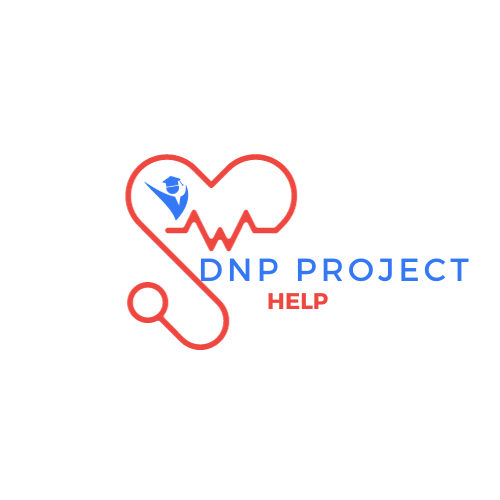
Professional nursing education is strongly based on the liberal arts and includes understanding key concepts from many fields, like physiology, psychology, pharmacology, sociology, education, and leadership. Nurses often use theories from these other disciplines to support their practice, research, teaching, and management. It’s important especially for advanced practice nurses, nurse educators, and administrators to understand this interdisciplinary foundation. The AACN (2022) highlights this in Domain 1, which encourages using knowledge from nursing, the arts, humanities, and sciences to guide care. Advanced practice nurses should also take part in research and help promote evidence-based practice when appropriate.
Table of Contents
Objectives
After completing this section, students will be able to:
- Explain the main ideas and connections in at least 10 “shared” theories and how these theories are commonly used in nursing research to support evidence-based practice.
- Describe how nursing researchers have used these theories to develop, review, and evaluate their published work.
Readings
Chapters 13 through 18 introduce a variety of “shared” theories from different disciplines that are useful in nursing practice, research, education, and administration.
Chapter 13 focuses on sociological theories, which are grouped into three main categories. Exchange theories include concepts like utilitarianism, social exchange theory, and general systems theory. Interaction frameworks include symbolic interactionism and role theory, while conflict theories cover feminist theory, critical social theory, and cultural diversity. The chapter also discusses chaos theory and postmodern perspectives, which offer additional ways of understanding complex systems and change in society.
Chapter 14 introduces behavioral science theories, many of which may already be familiar. These include psychodynamic theories, behavioral and cognitive-behavioral theories, human needs theories, and stress/adaptation theories. Two widely used social psychology theories are also covered: the Health Belief Model and the Theory of Reasoned Action. Both are often used in nursing to guide health promotion and behavior change.
In Chapter 15, only a small sample of the many biomedical theories and models is presented. These include theories about disease causation, homeostasis, stress and adaptation, and foundational ideas in immunology, genetics and genomics, cancer development, and pain management. These concepts are essential to understanding how the body responds to illness and treatment.
Chapter 16 explores leadership and management theories. It looks at various approaches to leadership, including emotional intelligence and transformational leadership, as well as strategies and tools used for improving performance in healthcare settings.
Chapter 17 focuses on learning theories and how they apply to both nursing education and patient teaching. It discusses different ways people learn and how those methods can be used to improve understanding and outcomes.
Finally, Chapter 18 covers ethical principles and theories that guide decision-making in nursing. These concepts help nurses navigate complex moral situations and provide care that aligns with professional and personal values.
ASSIGNMENT
Each student will:
- Choose one of the shared theories presented in Chapters 13-18, or identify another from the current nursing literature for review in nursing research.
Note: If you select a theory not discussed in the text, please check with the instructor. - Access CINAHL and identify two nursing research studies that used the theory in their work (perhaps as a conceptual framework, testing the theory).
- Be aware that since these are non-nursing theories, much of the research using them comes from other disciplines.
- For this assignment, we are interested in how nursing researchers use these theories (i.e., select nursing journals).
- Be aware that since these are non-nursing theories, much of the research using them comes from other disciplines.
- Create an annotated bibliography (if you are unfamiliar with this term, please look it up; an example is also provided) of the research studies (3-4 sentences).
- Focus your notation on how the theory was used in the study, not a summary of the process, methods, or findings of the study.
- Focus your notation on how the theory was used in the study, not a summary of the process, methods, or findings of the study.
- Create a reference list in APA format.


